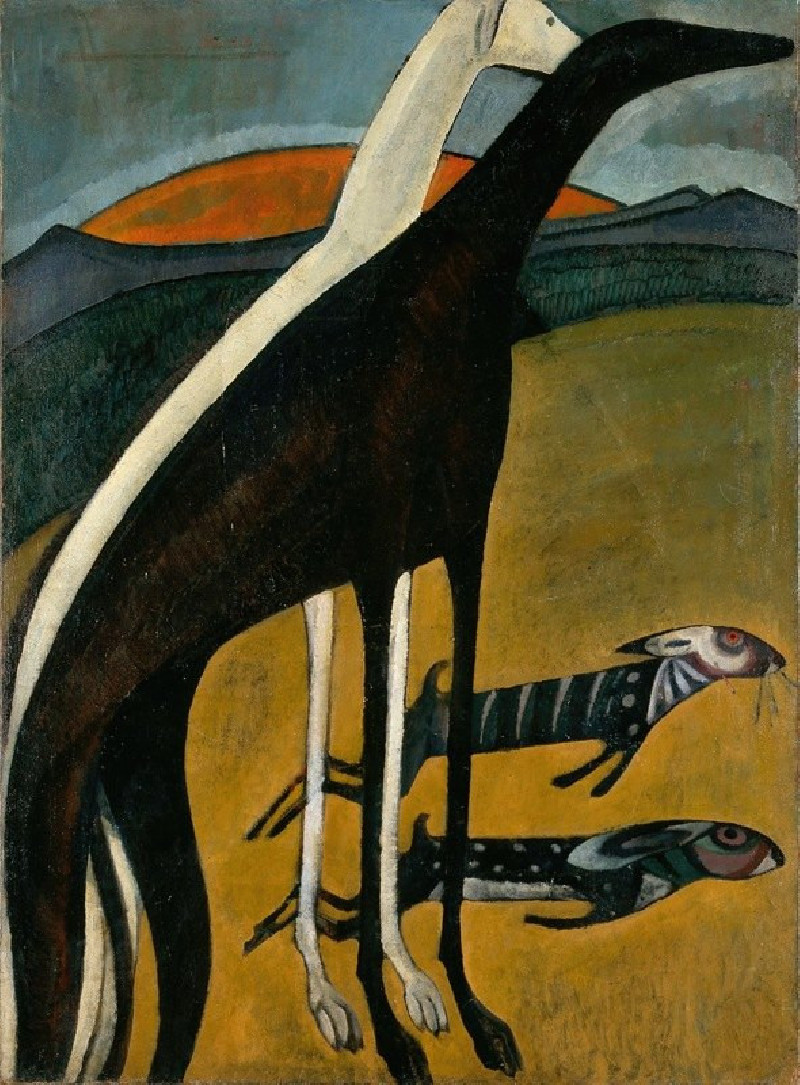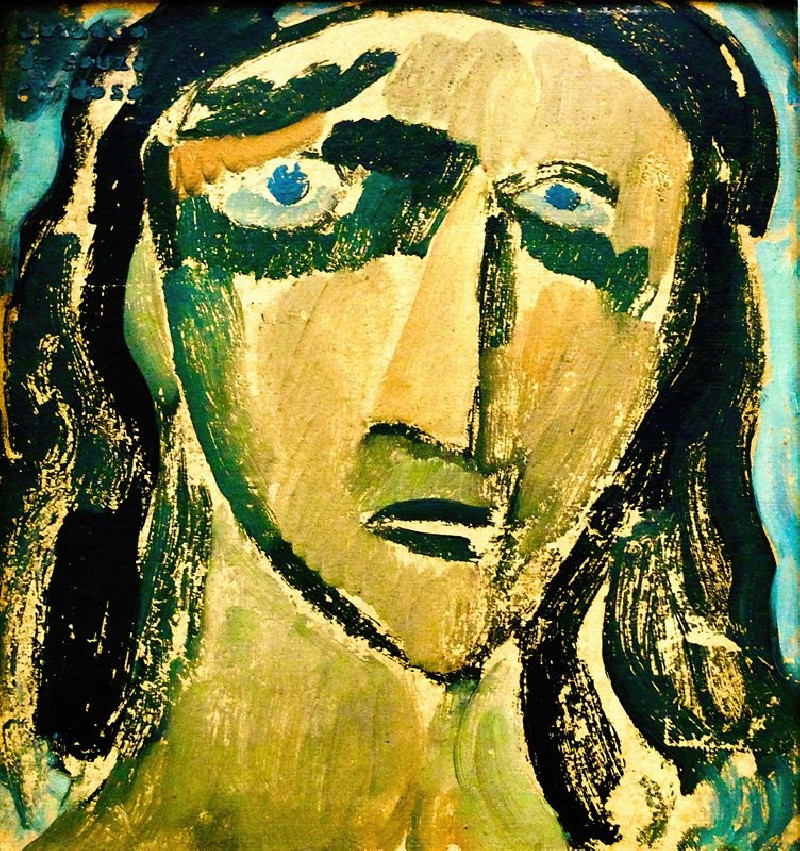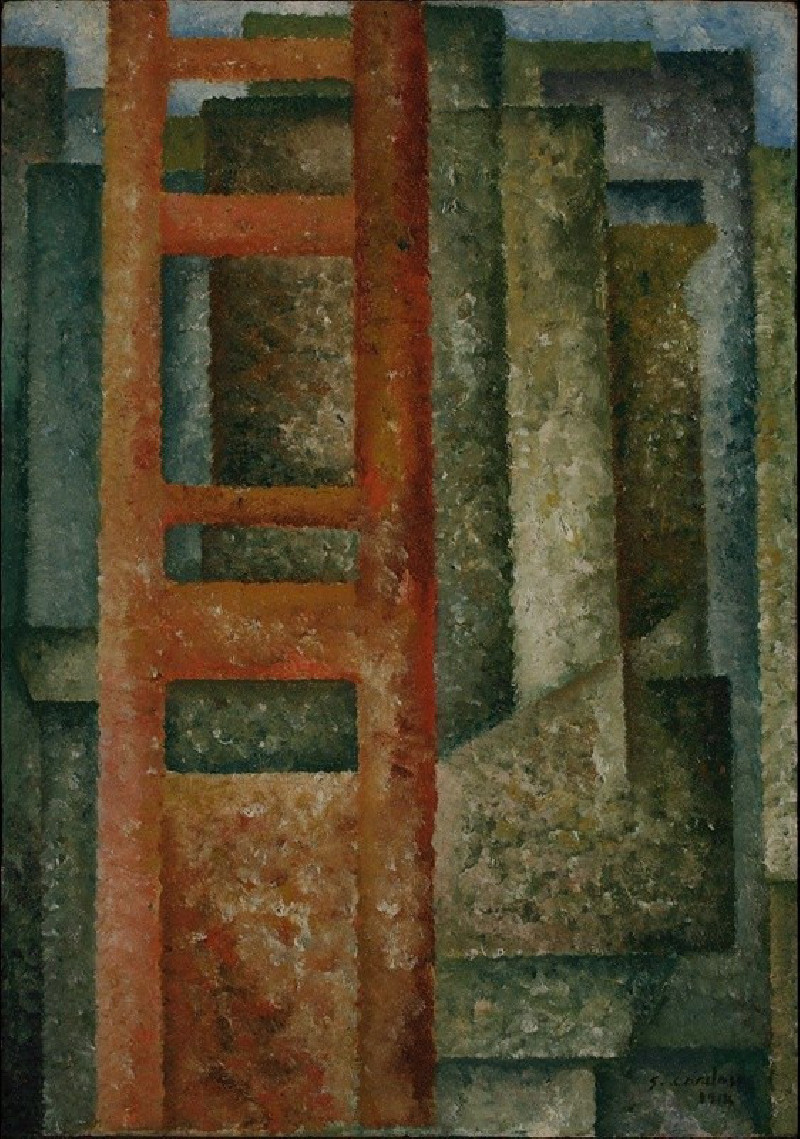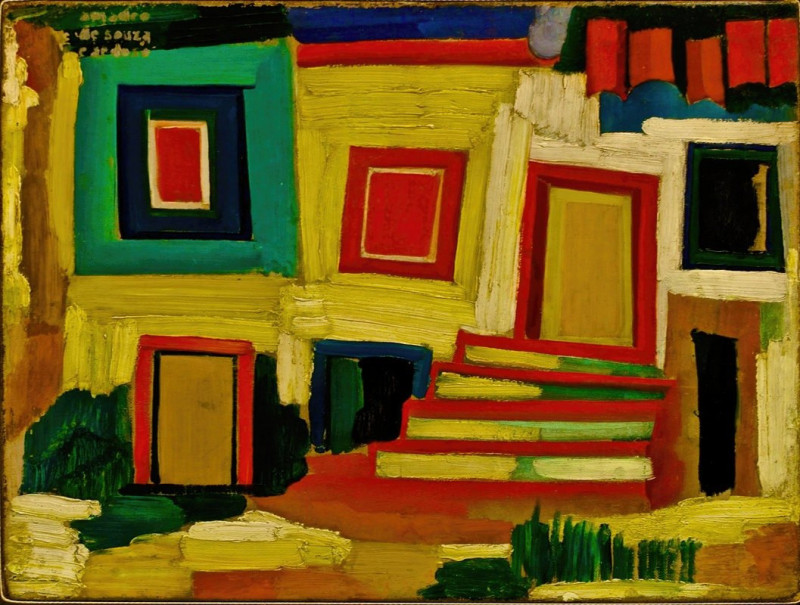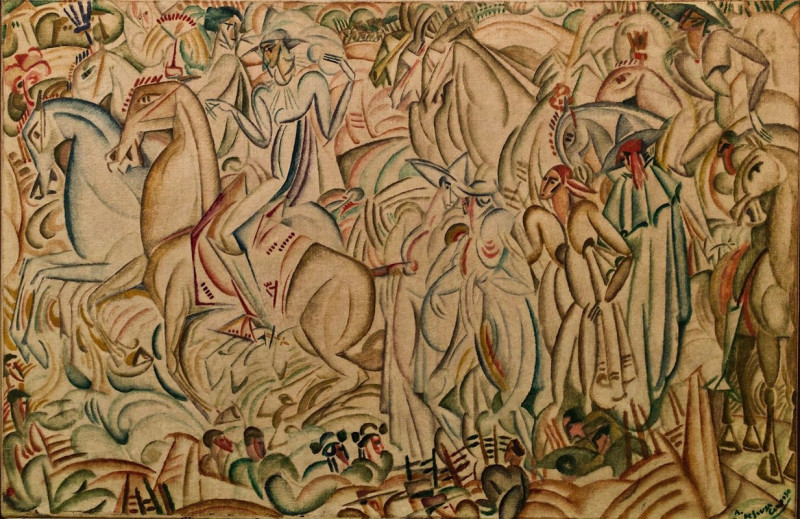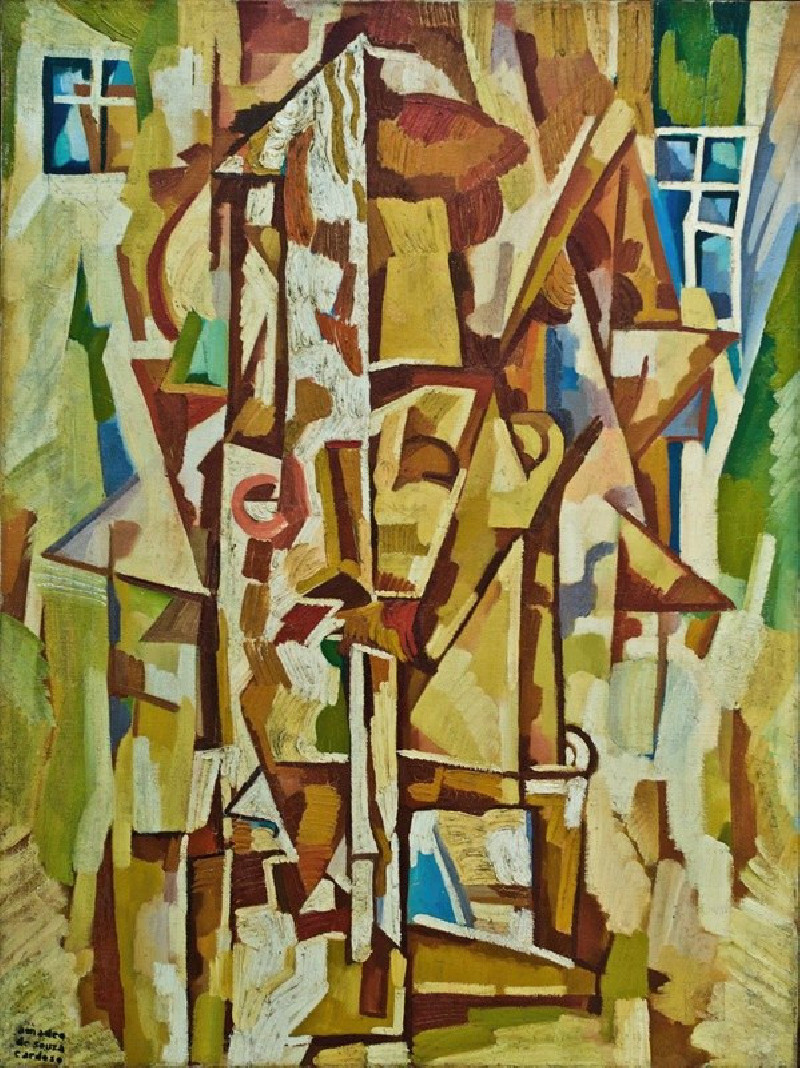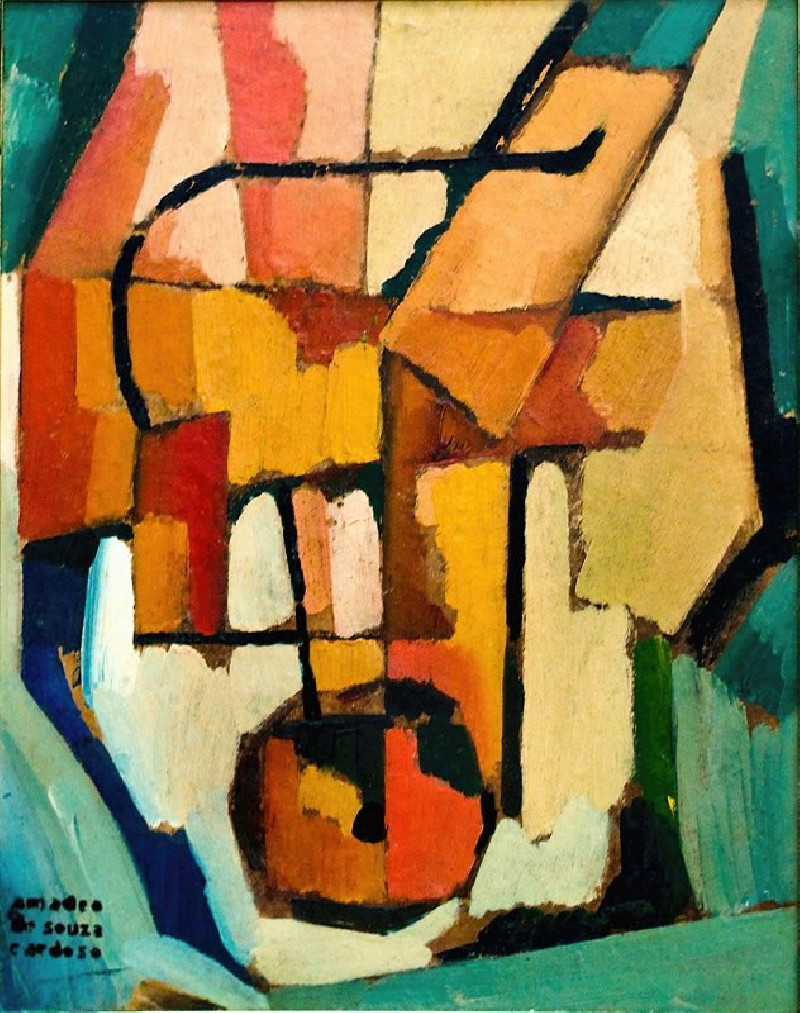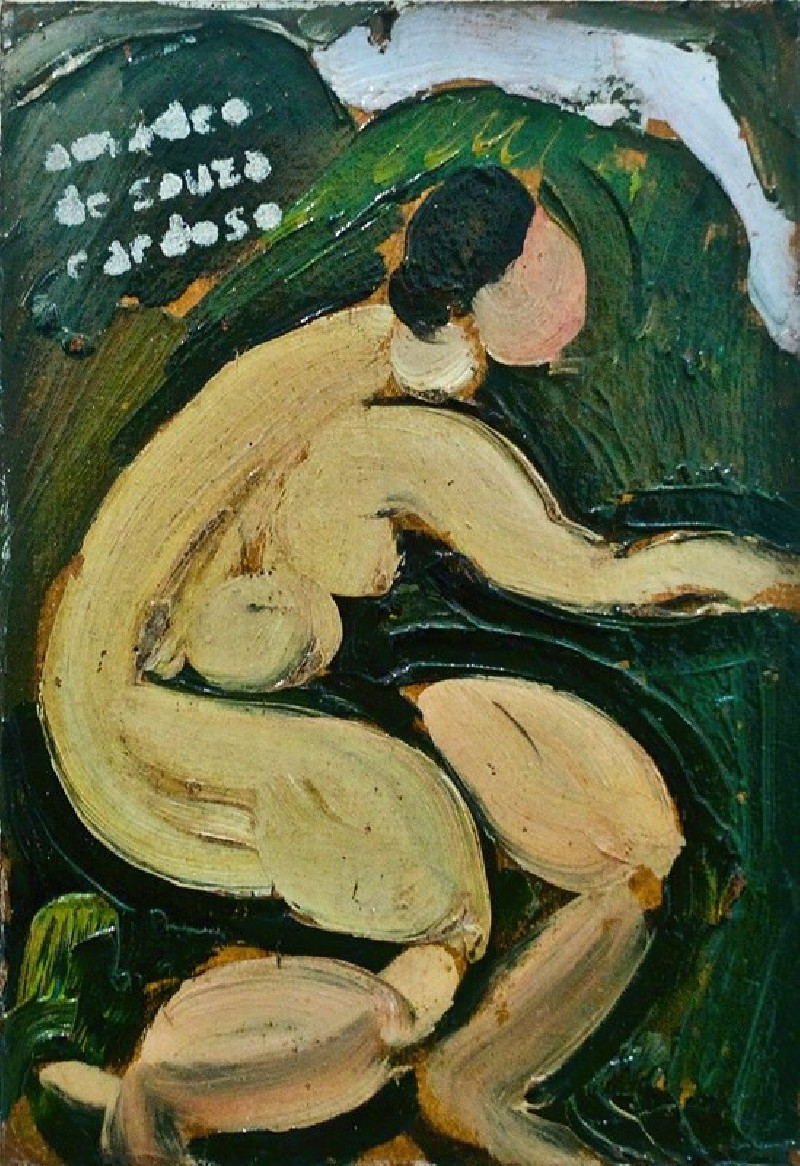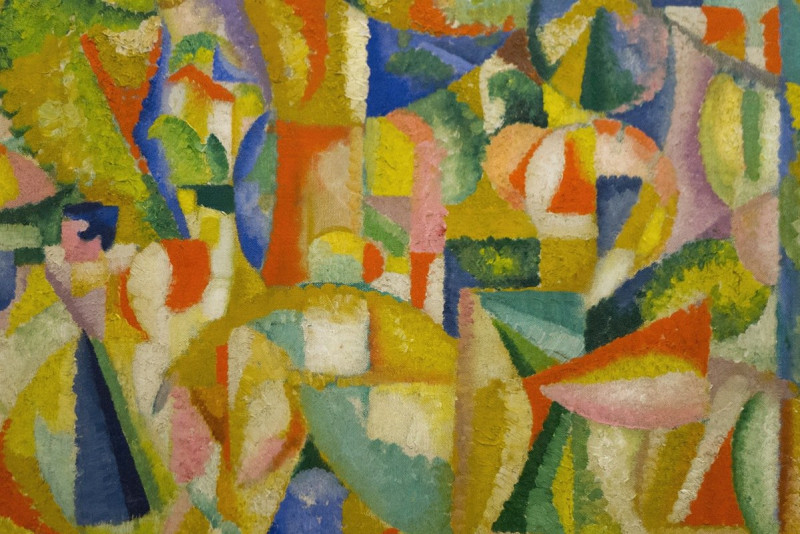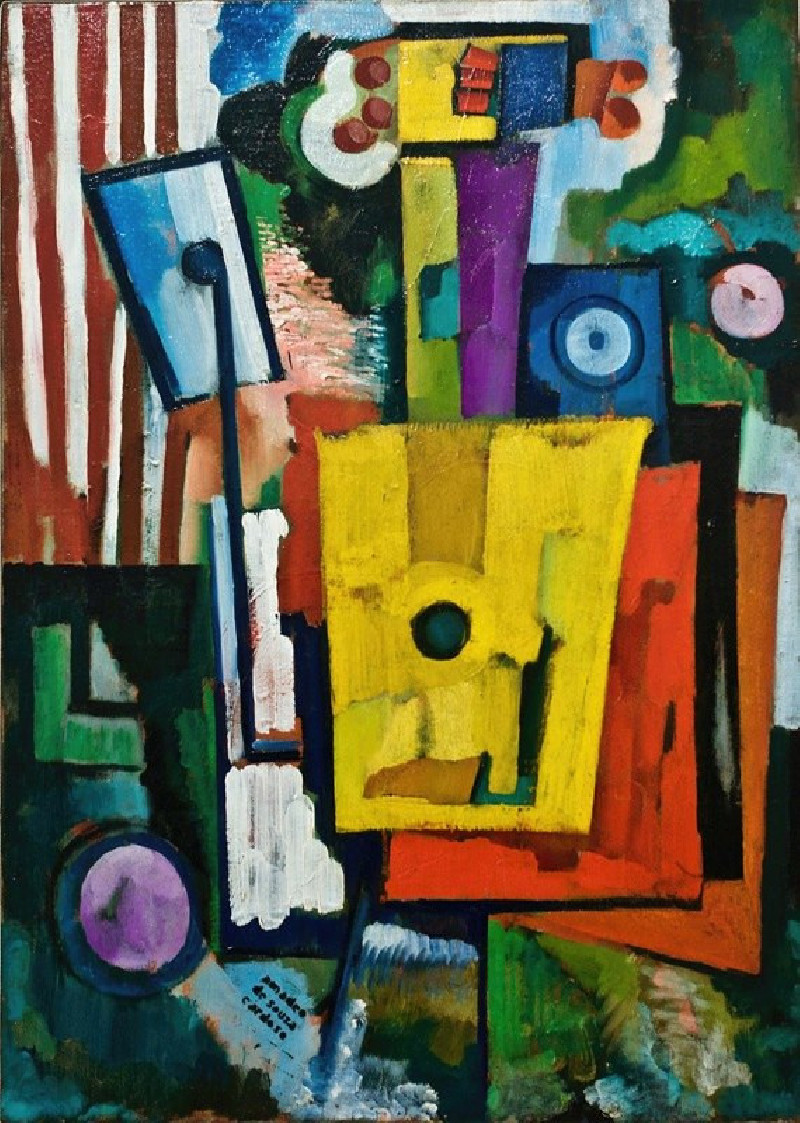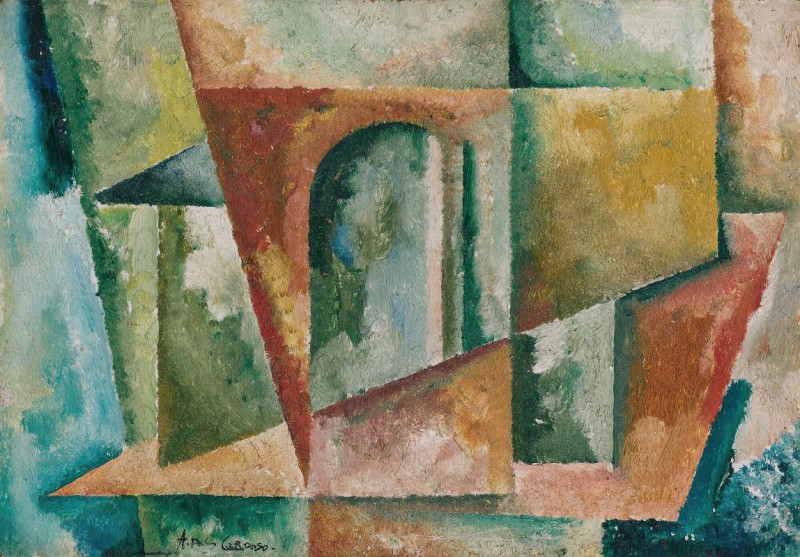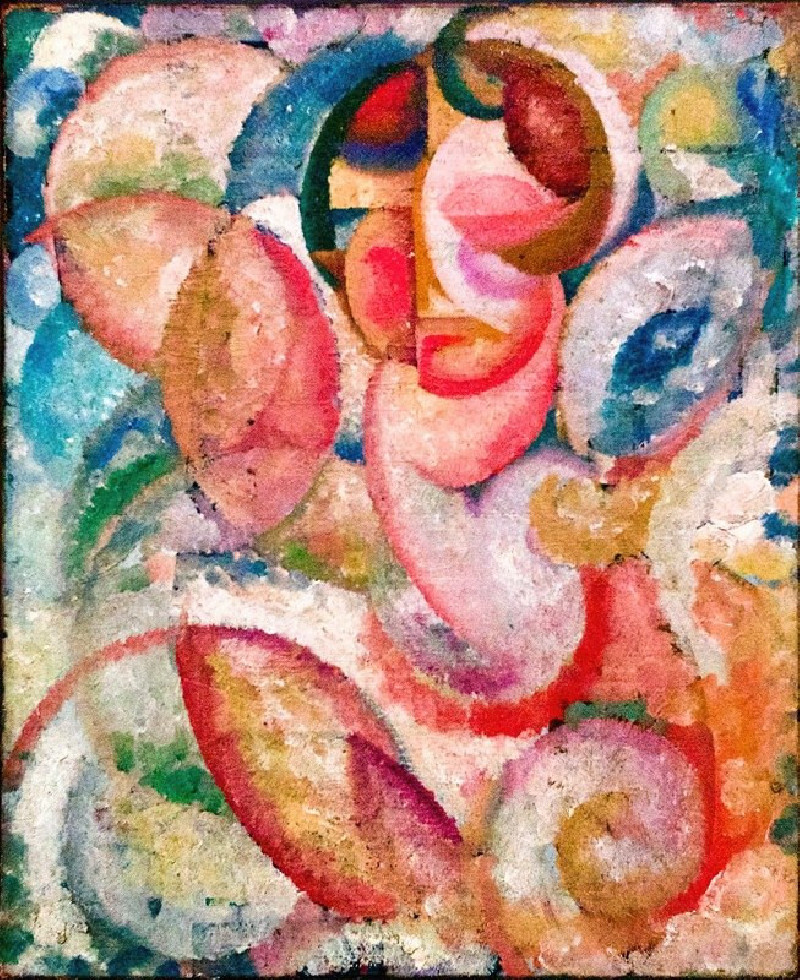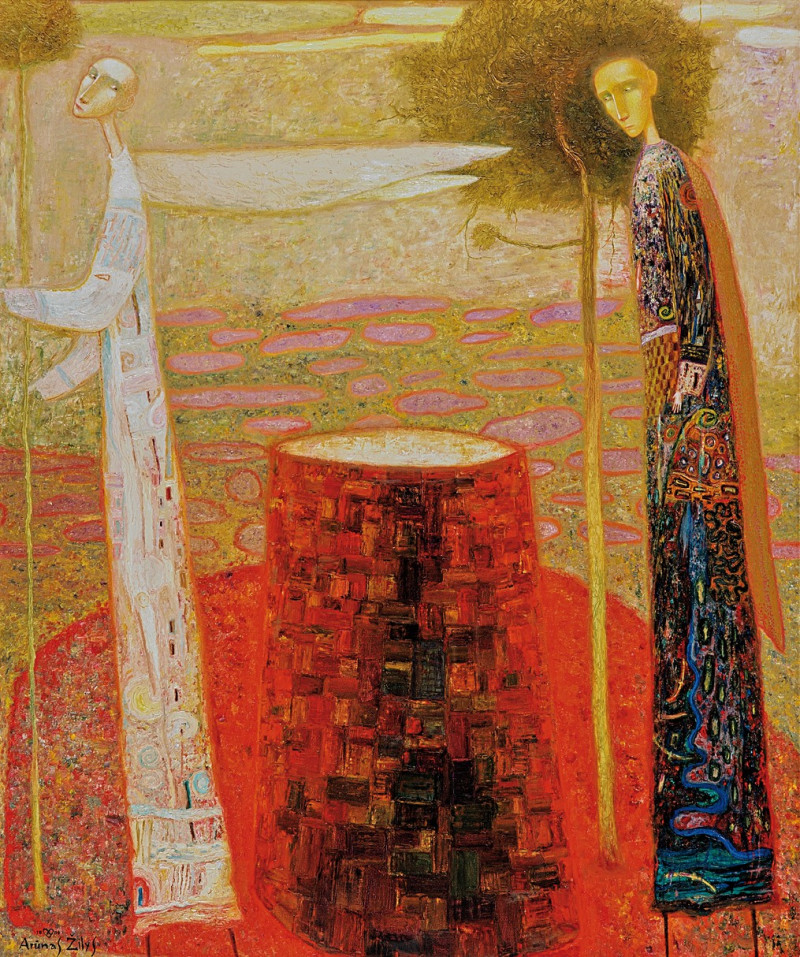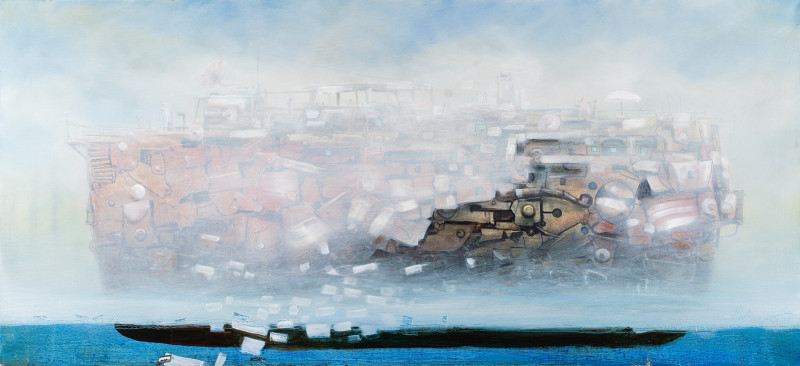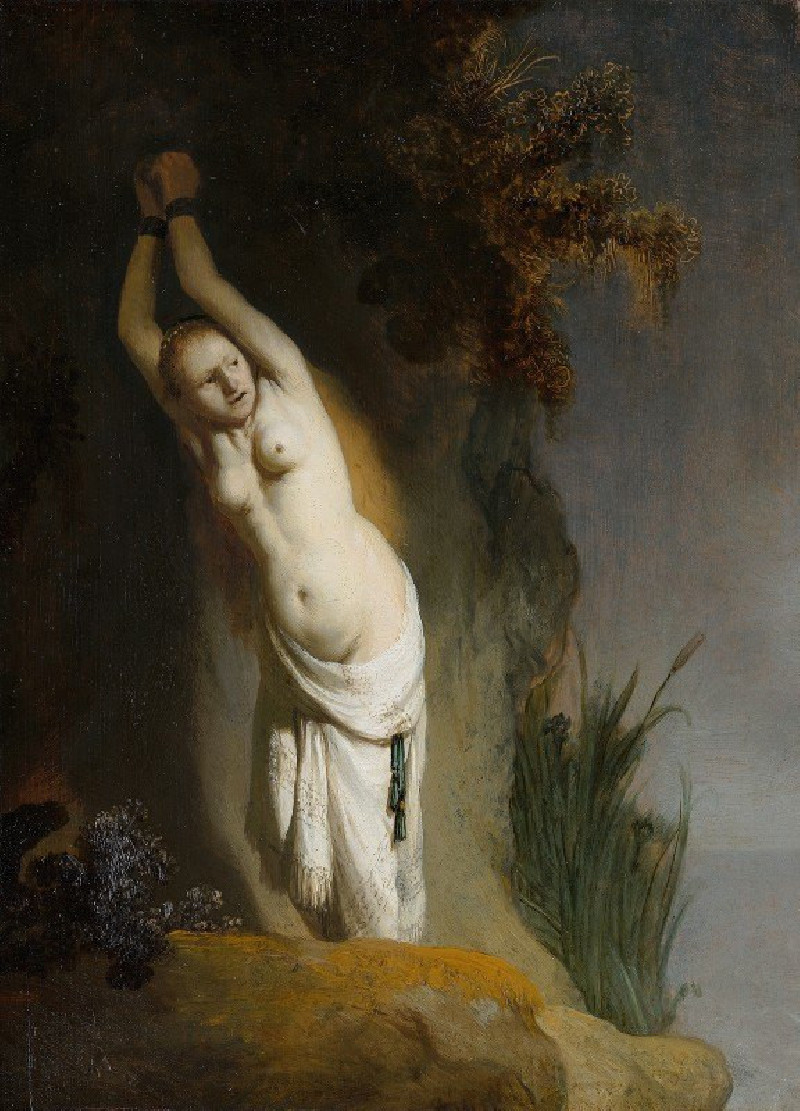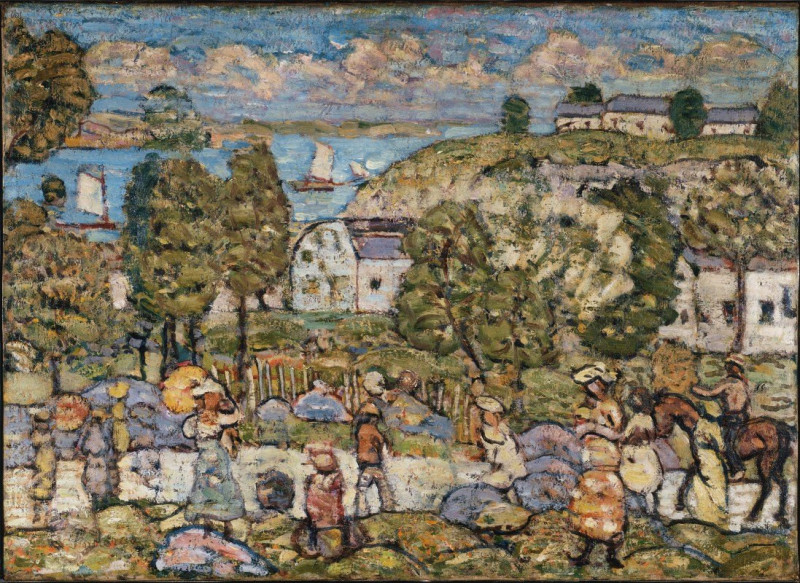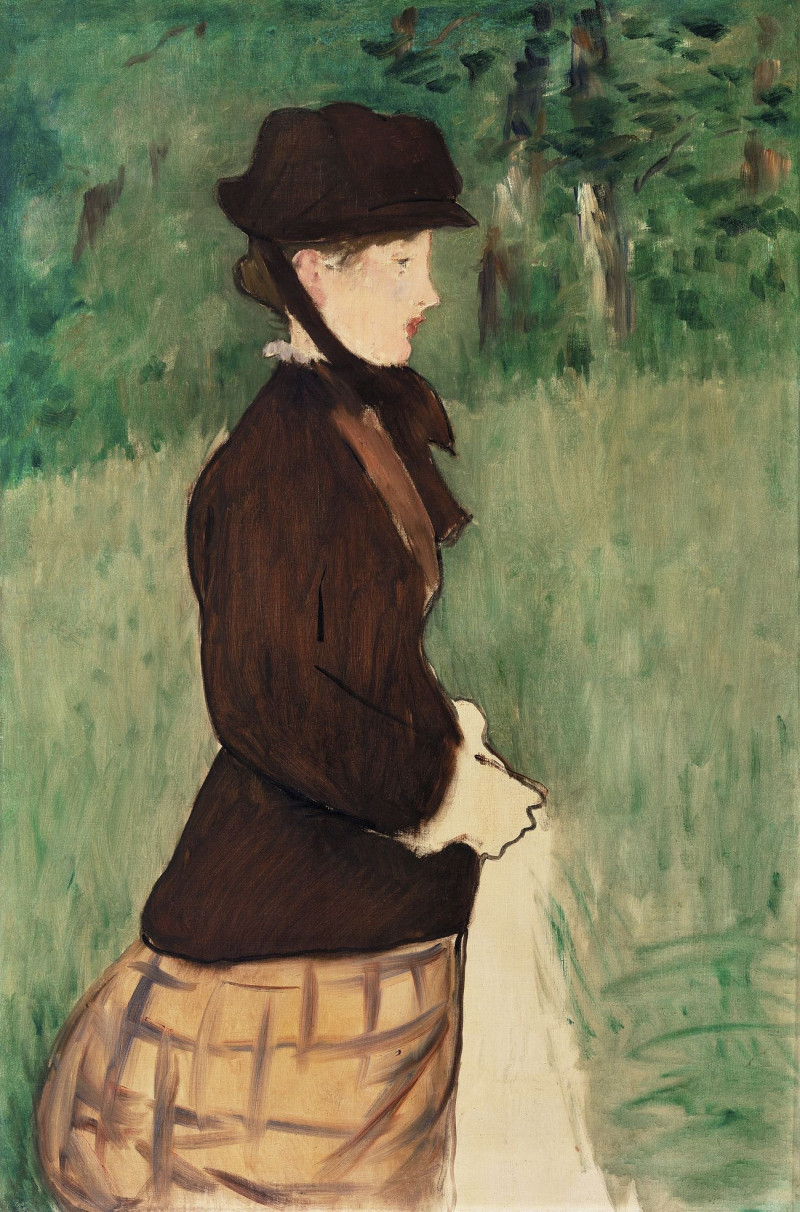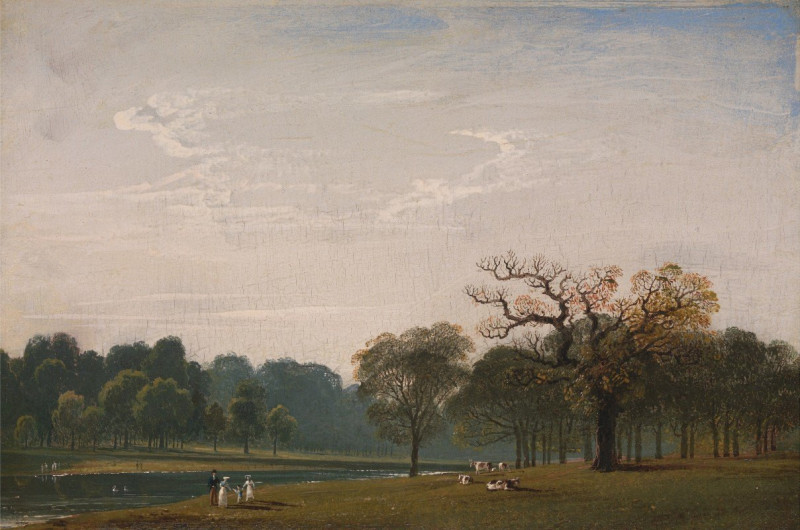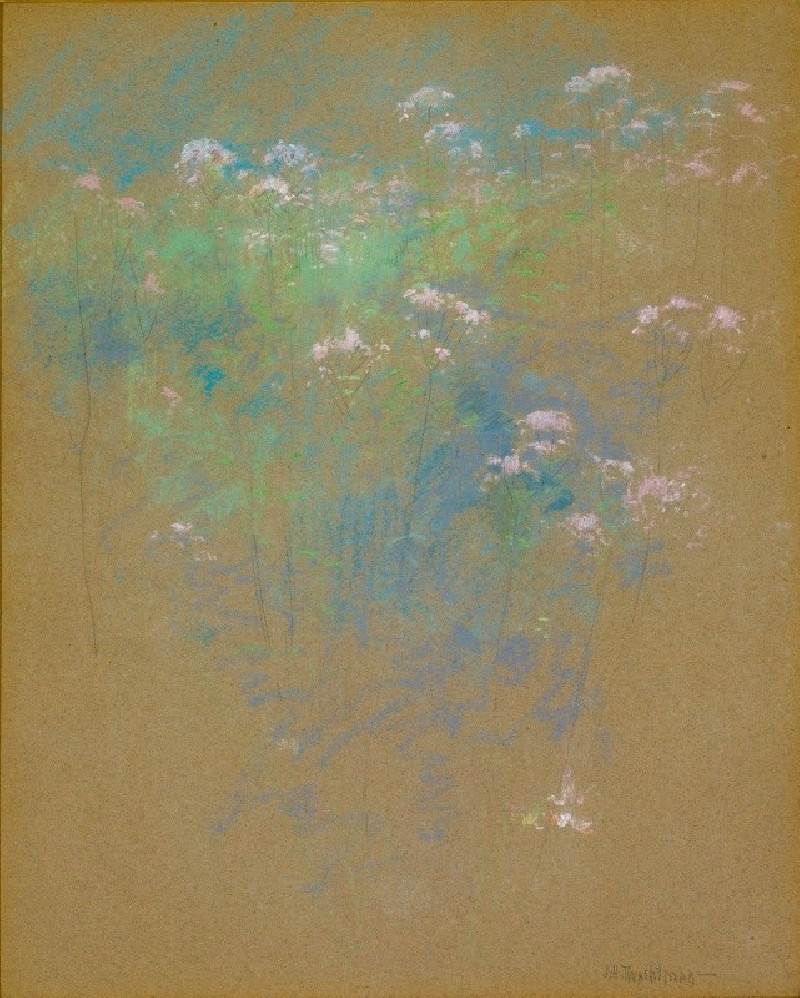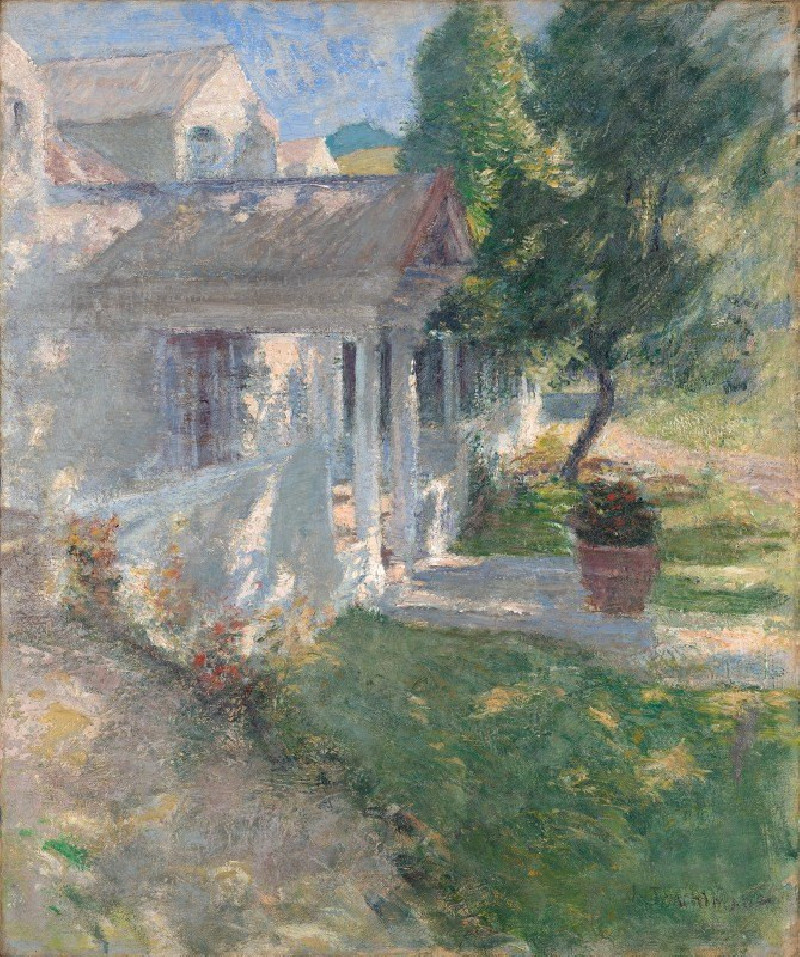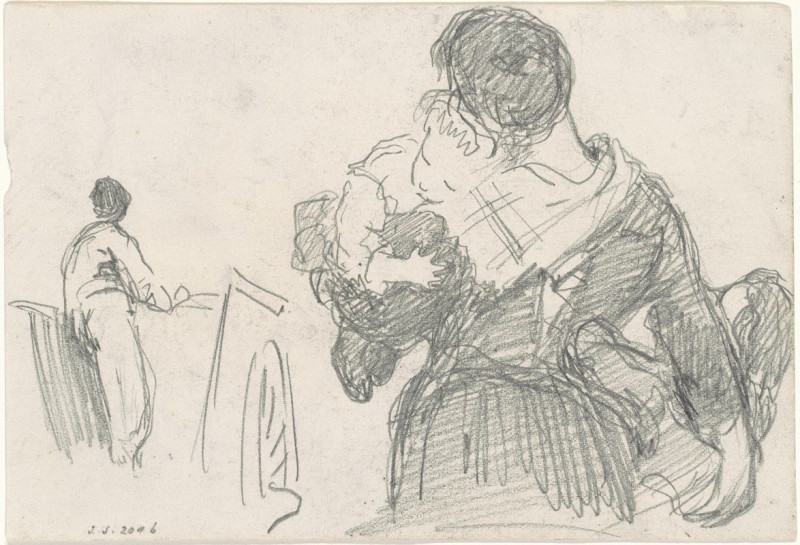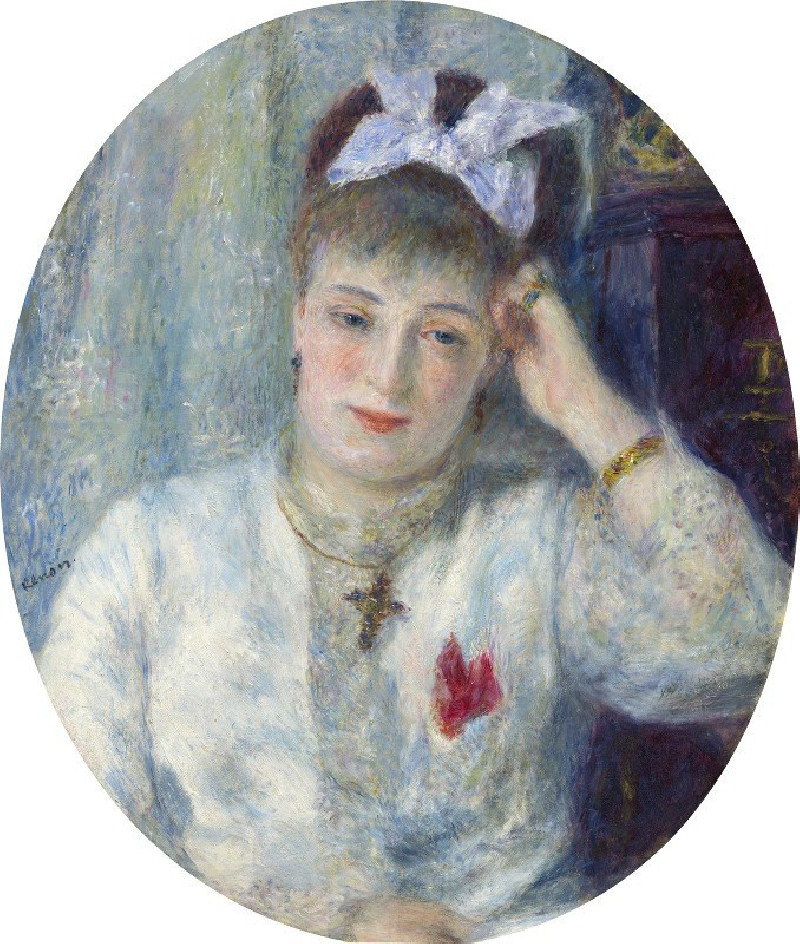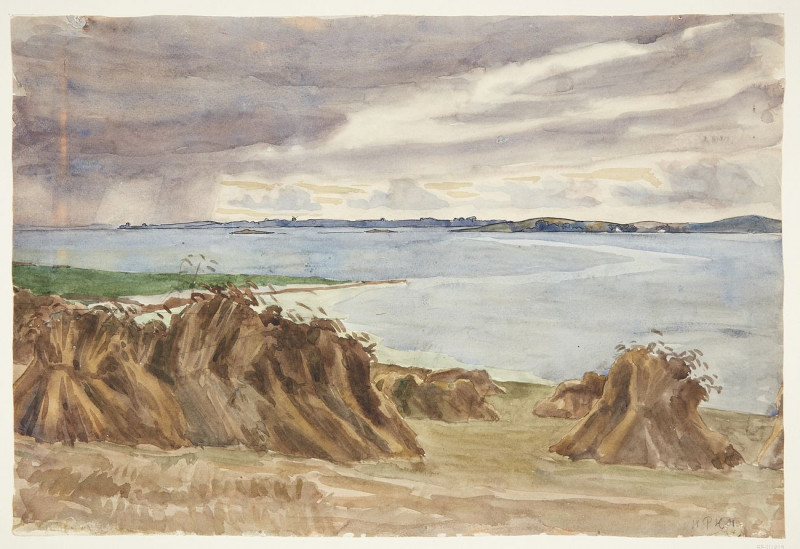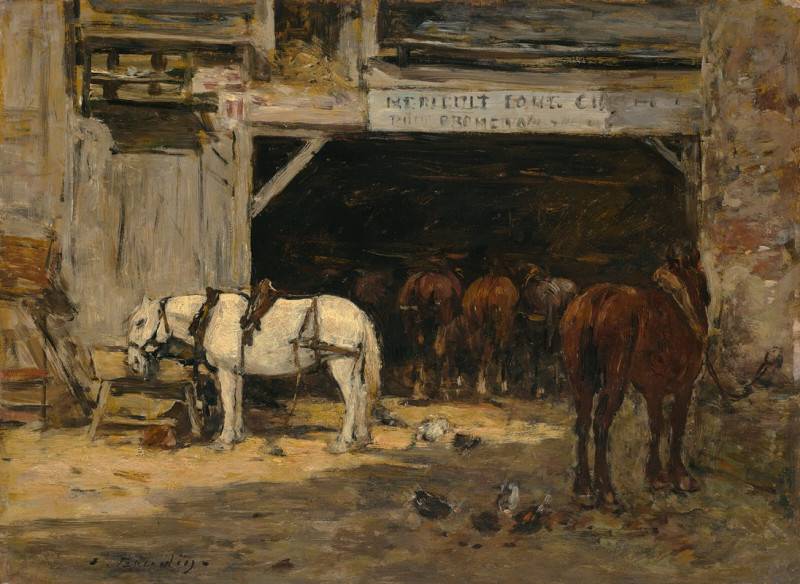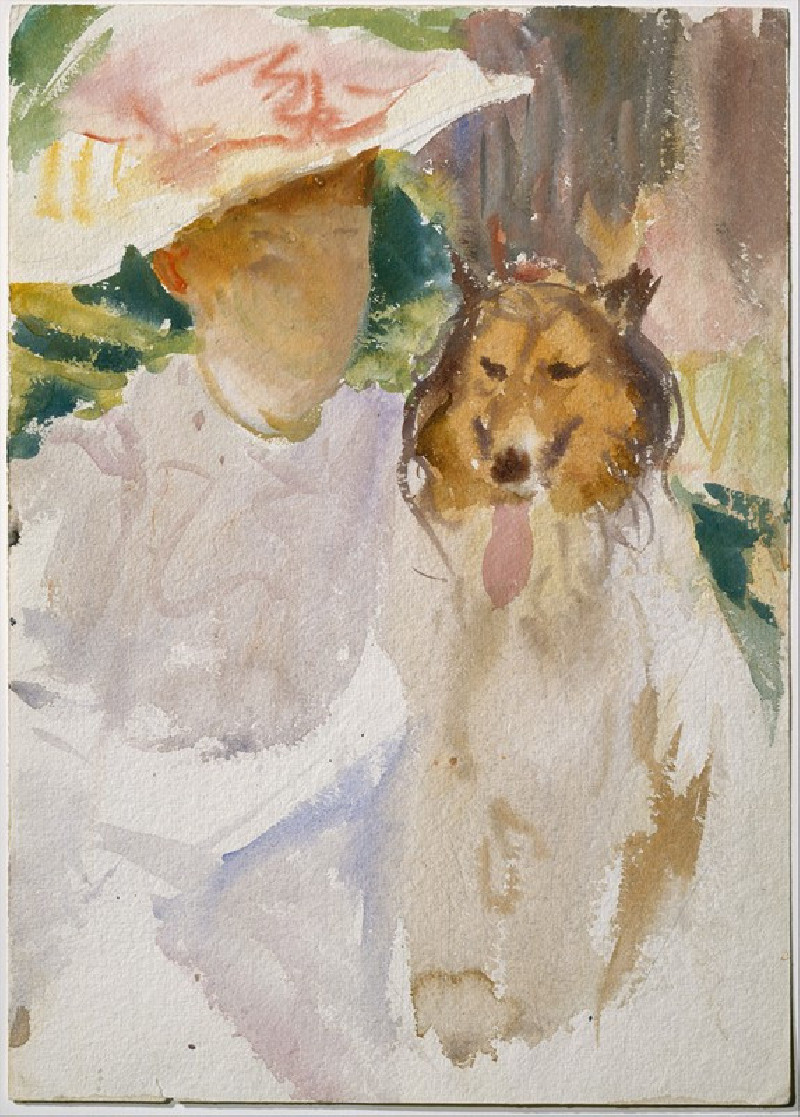Greyhounds (circa 1911)
Technique: Giclée quality print
Recommended by our customers
More about this artwork
Amadeo de Souza-Cardoso’s painting titled "Greyhounds" (circa 1911) stands as a striking example of his unique approach to modernism, which intertwines elements of Cubism and Futurism with a distinctive personal touch. This artwork captures the essence of motion and vitality through the depiction of two stylized greyhounds. The painting is characterized by its bold use of color and form, demonstrating Souza-Cardoso’s avant-garde style that sets him apart from his contemporaries.The composition features two greyhounds, with the larger one dominating the foreground, portrayed in an elongated and somewhat abstract form. Its sharp, sleek lines suggest speed and elegance, characteristics inherent to this breed. The smaller greyhound, rendered with similar stylistic features, appears beside it, enhancing the sense of depth and perspective in the scene. Both animals are depicted with exaggerated, almost otherworldly features - their elongated legs and necks imbue them with a surreal quality.The background is simplified yet vibrant, consisting of rolling hills and a striking, fiery sky that might be suggestive of sunset or sunrise. This choice of backdrop not only highlights the figures by providing a stark contrast but also adds a dreamlike quality to the scene. The earthy tones of the landscape coupled with the vivid orange and blue in the sky create a harmonious palette that complements the dark and white hues of the greyhounds."Greyhounds" is more than just a portrayal of these elegant animals; it is a manifestation of dynamic movement and modernist experimentation.
Delivery
Returns
Amadeo de Souza-Cardoso (14 November 1887 – 25 October 1918) was a Portuguese painter.
Belonging to the first generation of Portuguese modernist painters, Amadeo de Souza-Cardoso stands out among all of them for the exceptional quality of his work and for the dialogue he established with the historical avant-gardes of the early 20th century.

